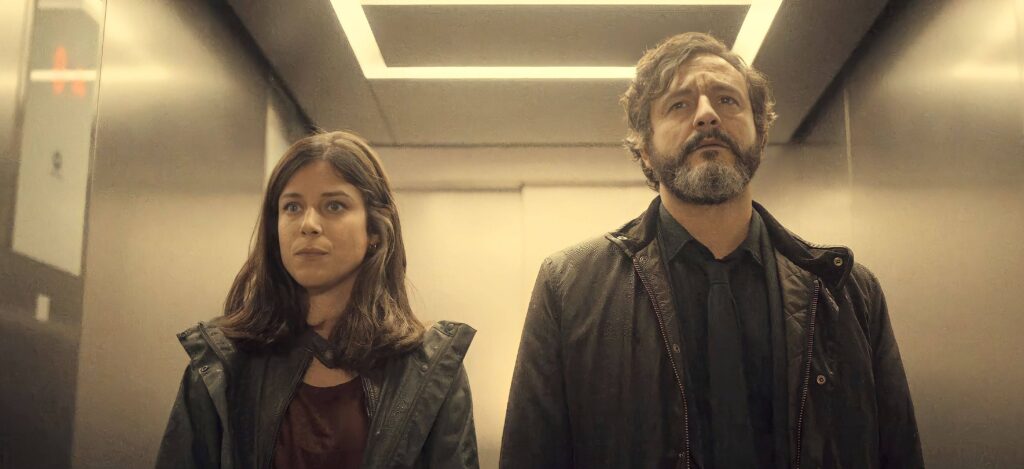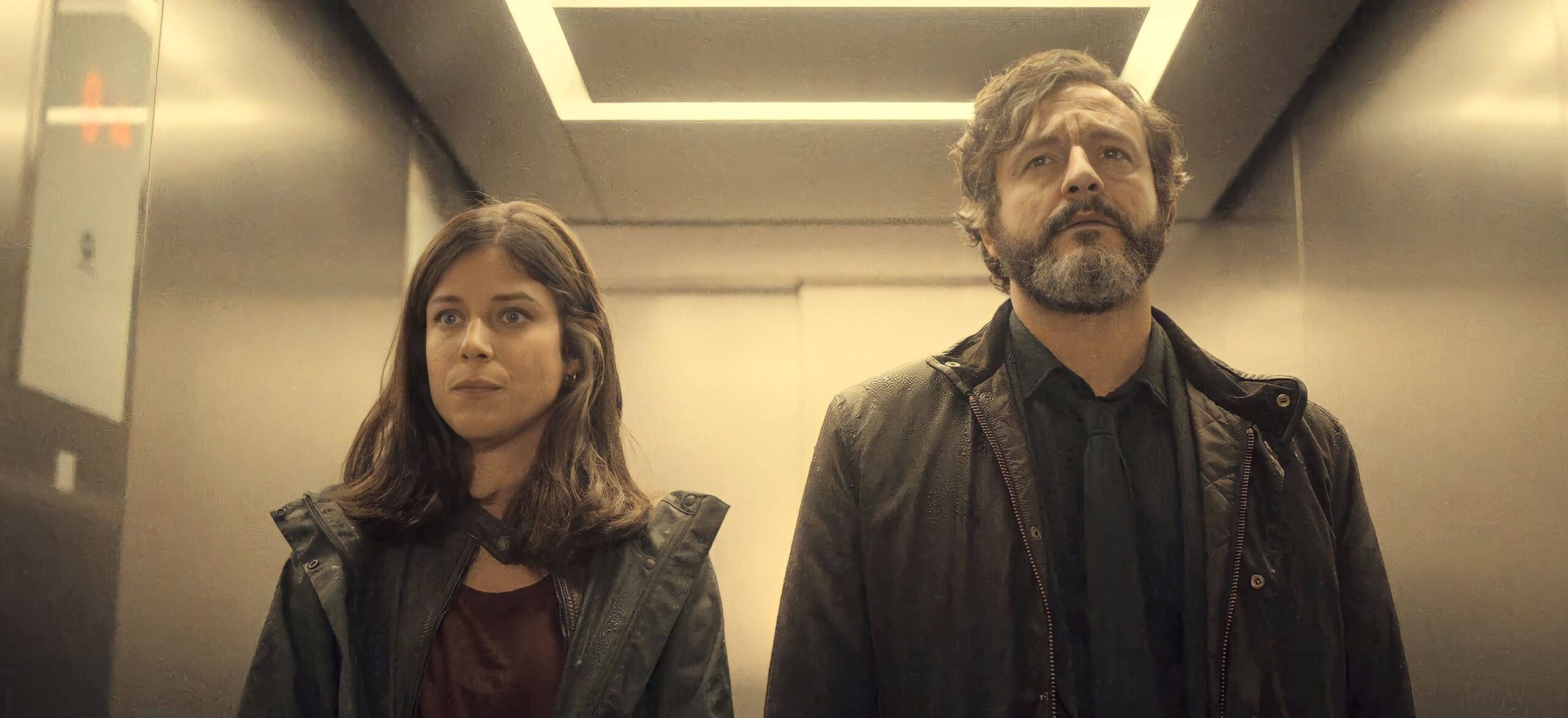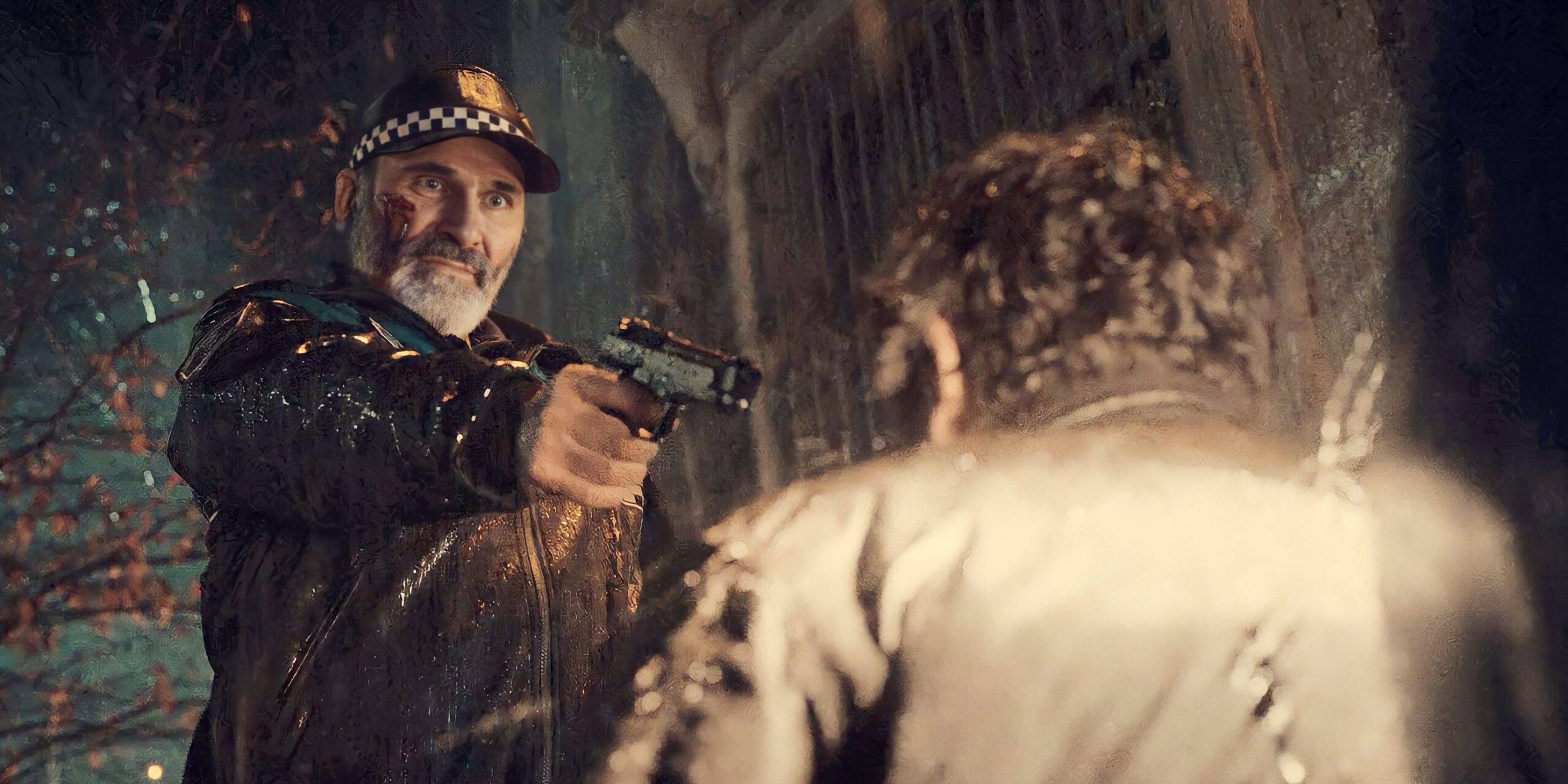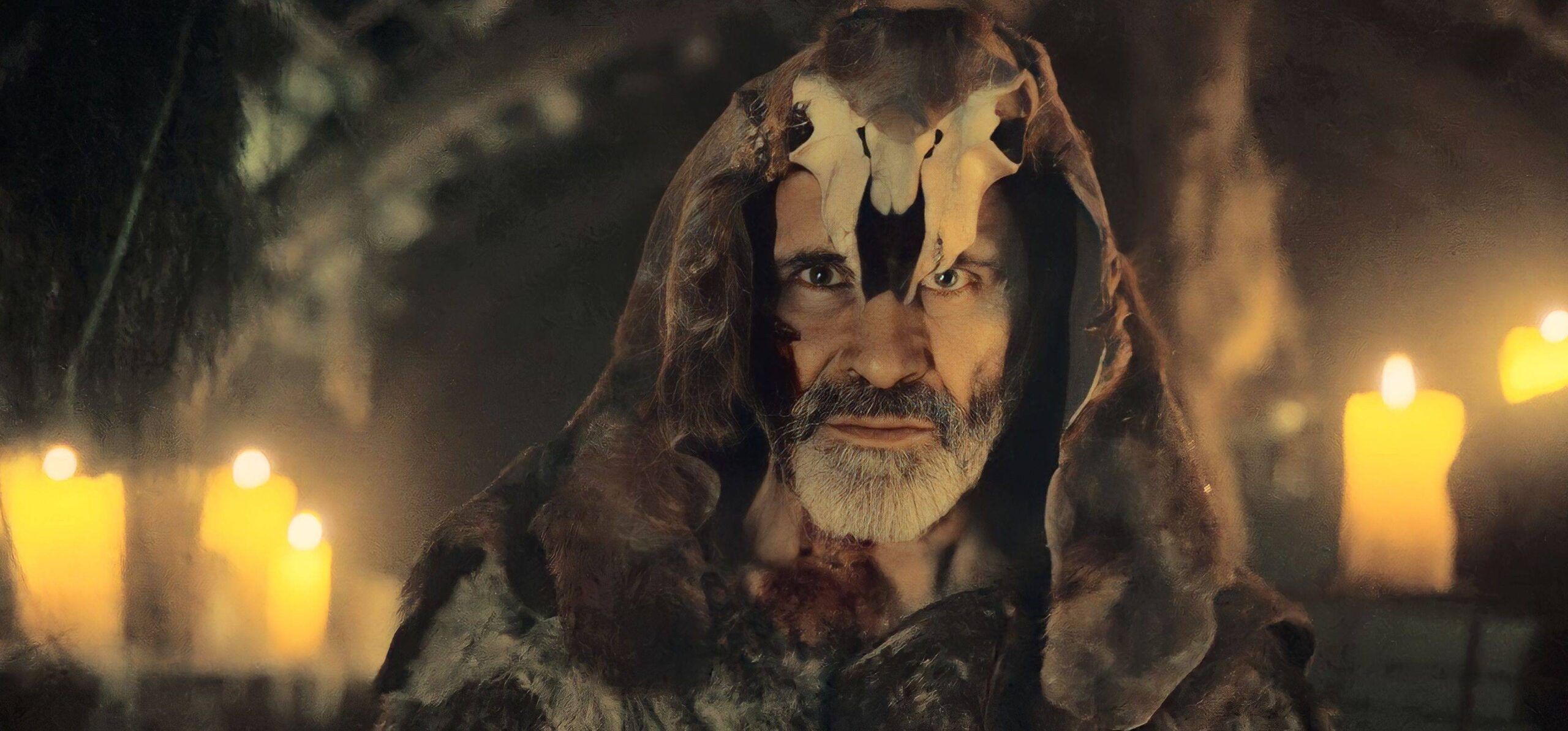Inspectors Samuel Garca and Castro are the focus of the Patxi Amezcua-directed Netflix Spanish movie “Infiesto,” which looks at Saioa Blanco’s recent reappearance after being abducted months earlier. The young girl managed to escape from Samuel and Castro’s grasp as they set out to find her captors. Infiesto, a mining town, has abandoned industries and mines, and the two investigators’ investigations bring them there. The gripping thriller movie concludes with a number of stunning and perplexing revelations. You’re in the proper place if you’re curious about the subtleties of the movie’s conclusion. Spoilers follow.
Infiesto Plot Synopsis
Saioa Blanco first appears in “Infiesto” three months after being abducted. She is located and taken to the hospital by two neighbourhood police officers. As a result of the Covid-19 pandemic, Inspector Samuel Garca is grappling with the absence of his mother and family. Carlos, Inspector Castro’s partner, is confined in a locked room at their home, and she must deal with their separation. They are tasked with looking into Saioa’s abduction and reappearance. Samuel searches through the records of criminals who frequent the area where Saioa was initially spotted, and this information directs the police team to Manuel Gómez’s stable.
Meanwhile, Samuel learns from Saioa’s forensics reports that the little girl’s body contained wine-related substances. Samuel joins Castro in trying to capture Manuel after recalling that there were wine barrels in the man’s stable. Manuel commits suicide before the cops are able to apprehend him. Castro and Samuel had suspicions that Manuel’s cousin was involved in the abduction of Saioa, but the cousin leads them to Santiago Marquina, also known as the Demon, the real companion of the deceased. When the detective team gets to the Demon’s house and tries to unlock his trailer, it blows apart. Castro finds pictures of many kids while exploring the burned-out trailer.
With the aid of one of the criminal’s closest friends, Samuel and Castro are able to apprehend the Demon. The Demon mentions a superior force called the Prophet who is more powerful than him when questioning him. His statements make it abundantly evident that he is merely the Prophet’s sidekick Manuel was. The detectives also discover that the kids in the pictures were abducted every three months from various locations around the nation. Samuel meets Saioa to verify the Prophet’s existence, and she makes sure that three persons kidnapped her. While the two investigators are searching for the Prophet, a young woman is abducted, raising suspicions about possible murder.
Infiesto Ending: Who is the Prophet? Why Did He Kidnap and Kill His Victims?
The local police officer, Agent Ramos, is the Prophet who locates Saioa and brings her to the hospital with his partner, Agent Altuna. Ramos was a well-known cult leader who hid out in the abandoned mines of Infiesto before becoming a police officer. He also worked as a teacher at a nearby school, where he met Manuel and the Demon, who later joined him as followers. The Prophet liked a hedonistic life and urged others to do the same. At the time, he was loved by the children and the townspeople. However, as he became more familiar with Celtic mythology, his hedonistic habits escalated into barbarism.
Ramos, a.k.a. the Prophet, appeared to have encountered the Druids, a group of priests who possessed prophetic abilities in ancient Europe, particularly in Celtic societies, while learning more about Celtic mythology. The people who offered human sacrifices to the Gods and who believed in reincarnation were known as druids. Ramos must have believed that he is a Druid after studying about them. He might have been seduced into believing that he is a prophet or a chosen one like the Druids of old because of the idea of becoming a superior authority or being and the potential to communicate with and appease the Gods.
This idea is what motivated him to offer human sacrifices. He began to perform rituals and employ symbols related to the “Druid universe.” The Druid culture is represented by the circle mark on Saioa’s back, the straw dolls discovered in various locales, and the mistletoe. Ramos desired to appease Taranis, the storm and tempest-god of Celtic folklore. On the occasions of the spring and autumn equinoxes, as well as the summer and winter solstices, Taranis needed to be placated. Ramos kidnapped and killed someone every three months for this purpose. If Lidia Vega, the woman in the hoodie, hadn’t been able to escape, she would have been one of his first victims.
It is evident from Ramos’ relationship with Samuel that the serial killer had spent a considerable amount of time away from Infiesto. His prior victims may have originated from other regions of Spain because of this. Ramos might have been sent to the mining community only after the pandemic had begun, which would explain why Saioa was the first person from Ramos’ homeland that he abducted. If that’s the case, it’s possible that the townpeople didn’t recognise him as the Prophet because he’s hiding his identity while out in public and years had gone since his disappearance.
Manuel and the Demon must have grown attracted to Ramos’ ideas and principles after his return to Infiesto for them to stand up for them even if it meant risking their own lives. Ramos began to think that the world is about to end after the Covid-19 pandemic. He must have assumed that Taranis’ rage or displeasure with human behaviour was the cause of the pandemic. Ramos may have believed that, as the alleged chosen one, it was his duty to placate Taranis. As a result, he abducted a young woman in front of the hospital where Saioa was being treated.
Samuel has already noticed the young man wearing a straw doll in the Manuel and the Demon school photo. He sets out to find him but instead runs across the Prophet, who is hiding from the pandemic by donning a mask. Castro learns that the Prophet has the last name Ramos from Lidia, and she immediately recognises Agent Ramos as the serial killer and kidnapper she has been looking for.
Is the Prophet Dead?
The Prophet or Agent Ramos is indeed deceased. Samuel had already been murdered by the time Castro discovers that Ramos is the Prophet and makes it to his home to apprehend him. Castro travels to the mine next to Ramos’ home because she has to stop him from killing the young woman he kidnapped from the hospital grounds. She must have recalled Lidia’s admission that they had previously camped at a closed mine. She travels underground after entering the mine and discovers the young lady restrained. The Prophet tackles her from behind as she attempts to liberate her.
No matter what hurdles stand in his way, the Prophet is determined to sacrifice the young woman in order to please Taranis. He even hits Castro with a gunshot, but it grazes her hand. Castro takes advantage of an alert that diverts the prophet and shoots him down before he has a chance to fire at her again. He declares, “This is just the beginning,” seconds before passing away. Since the Prophet had killed countless people to appease Taranis, he must have been considering his own reincarnation. The Prophet must have accepted his death with the hope of living again because Druids believe in reincarnation.
Castro kills the Prophet in order to exact revenge on Samuel’s killer and to spare the young woman who is about to be slaughtered by the psychopath. By ending the serial killer’s existence, she also puts an end to the killing spree that has been occurring across the nation.




